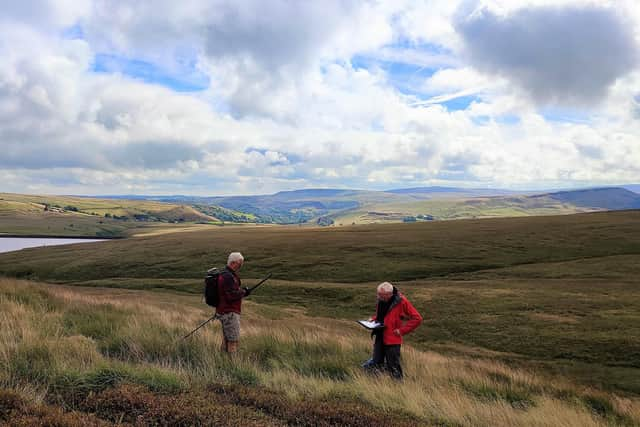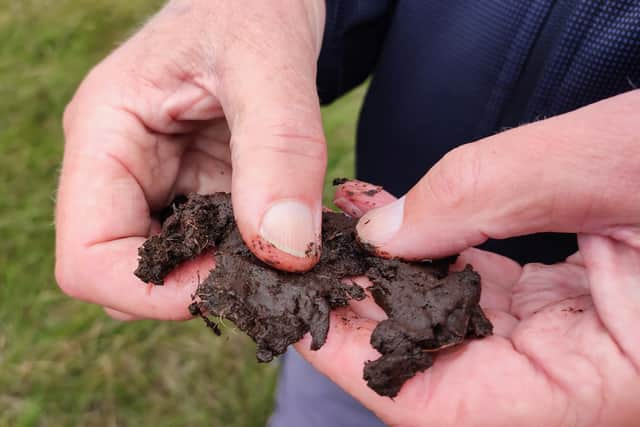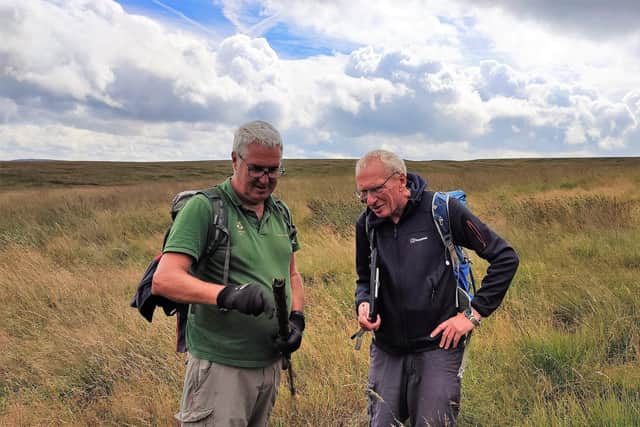How Marsden Moor's peat stores could unlock answers in the fight to reverse climate change
This landscape near Huddersfield, managed by the National Trust, has been the subject of volunteer surveys to uncover its potential.
They say the presence of peat here, from as far back as 10,000 years, shows it could capture carbon which might otherwise be released.
Advertisement
Hide AdAdvertisement
Hide AdA volunteer survey group, working with experts from the University of Leeds, have been assessing a 350 hectare site known as Blakely Clough in the Wessenden Valley.


Calculations suggest stores could be as strong as 300,000 tons - equivalent to the carbon dioxide emitted by using up to 98m gallons of diesel or charging up to 121bn phones.
It is critical, say volunteers, to protect this natural process with work now underway to encourage better peat-forming conditions.
Survey group volunteer Andrew Underdown said: “We now realise that these peatland moors, which local people regard as just ordinary, are actually very special in global terms."
Advertisement
Hide AdAdvertisement
Hide AdDetailed measurements collected by the team mean they can show how important these moors have been in locking away carbon over 10,000 years, he added.


"When the moor erodes away, it’s equivalent to burning down a much larger area of rainforest.“We are really pleased that this study is giving extra support to the huge effort needed to restore our moors.”
Peat is formed where dead vegetation accumulates rather than decays, under the right conditions with high rainfall. Healthy peat can store up to 70kg of carbon in one cubic metre - but when burned it releases into the atmosphere.
Fire risk education and resilience is a significant part of project work, while research is helping experts determine where to concentrate natural defences.
Advertisement
Hide AdAdvertisement
Hide AdSpecies such as sphagnum moss, which can hold 10 times its weight in water, help to slow the rate of organic matter's decay.


Over coming months National Trust rangers and volunteers are to plant more of the moss, as well as creating 'leaky dams' and vegetation breaks.
Volunteers have been working alongside Dr Antony Blundell and Martin Gilpin from the University of Leeds. Dr Blundell said findings illustrate the importance of the site, while giving guidance for informed decisions on how to safeguard its future.
Tia Crouch, project officer from the National Trust, said: “The more we learn about these special places the better we can understand how to protect them."